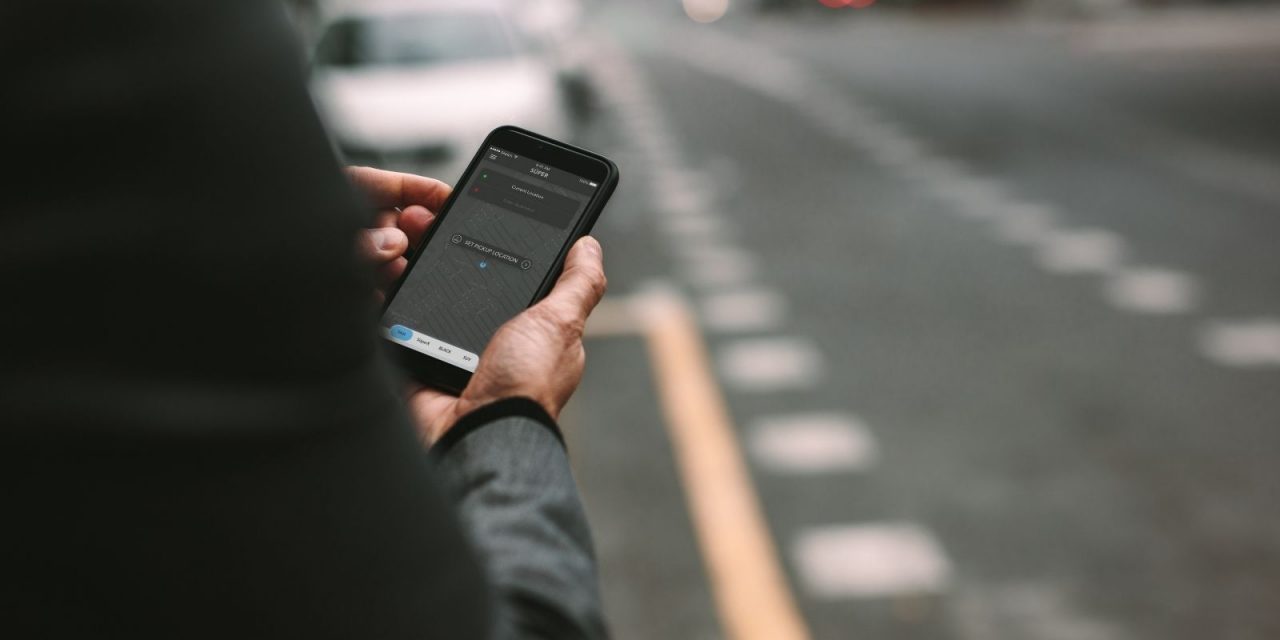Travel is a great way to expand our horizons. By avoiding these common travel mistakes, you and your students can get the most out of your experience.
Whether you’re taking your students across states or across the world, travel is a great way to instill young people with practical knowledge and broaden their horizons. However, travel is complicated, and that means mistakes aren’t just possible—they’re likely. And when you’re in charge of the safety of several young people, you must learn about common travel mistakes and how to avoid them.
Not Allowing for Enough “In Between” Time
When we create an itinerary, we often focus exclusively on the activities themselves. We often forget to factor in the time it takes to get from one place to another. And when you’re in an unfamiliar place with a group of students, chances are you’ll need far more “in between” time than you think. Keep this in mind when making your itinerary:
- Add travel time to your itinerary the way you would add an event.
- Consider traffic and the availability of rides when scheduling travel time.
- Schedule enough time for students to use the restroom throughout the day to avoid last-minute pit stops.
- Avoid scheduling events one after another.
“In between” time is especially important for trips involving flights, layovers, ferries, or buses. If you have to arrive somewhere in time to catch transportation, consider doubling your travel time.
Not Using Rideshares Wisely
When you need to get a small group of students somewhere quickly, it’s easy to pile into an Uber. While this can prove incredibly useful, you must beware of scammers who take advantage of Uber’s cancelation policy. These drivers will accept your ride and then never show up, forcing you to cancel the ride and pay a fee. Make sure you know how the policy works before opening the app.
Practicing Cultural Insensitivity
As an educator, it’s your job to teach your students about the nuances of other cultures. If you’re going abroad, take the time to learn them yourself and pass this information to your students. While cultural sensitivity will look different depending on the country you visit, remember these principles:
- Table etiquette looks different in different places.
- Gestures don’t mean the same thing in every country.
- Never disrespect sites with deep cultural significance.
- Never take photos of people without permission.
- Avoid dressing in a way that would appear inappropriate to others.
As outsiders, you and your students may get something wrong. The most important thing is to correct yourself promptly.
Sticking to “Tourist Traps”
In your quest to figure out how to avoid common travel mistakes, don’t make the mistake of only playing it safe. Your goal is to introduce your students to new ideas and experiences. Seeing a few touristy locations is fine, but make sure you go beyond them, too. That way, your students can experience far more of the local culture—and so can you.






